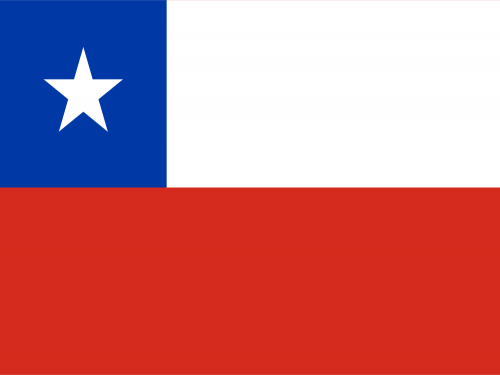Torres del Paine Chile

Located in Chilean Patagonia, the park includes the picturesque Cordillera del Paine mountains.
Photo by MediaDishNET Greg S
Torres del Paine National Park is a national park encompassing mountains, glaciers, lakes, and rivers in southern Chilean Patagonia. The Cordillera del Paine, a steep group of tall mountains, is the centerpiece of the park. It lies in a transition area between the Magellanic subpolar forests and the Patagonian Steppes.
The park borders Bernardo O'Higgins National Park to the west and the Los Glaciares National Park to the north in Argentine territory.
Paine means "blue" in the native Tehuelche (Aonikenk) language and is pronounced PIE-neh, while Torres means "towers". It was established as a National Park in 1959.
Torres del Paine National Park is part of the Sistema Nacional de Áreas Silvestres Protegidas del Estado de Chile (National System of Protected Forested Areas of Chile). In 2013, it measured approximately 181,414 hectares (700 sq mi). It is one of the largest and most visited parks in Chile. The park averages around 252,000 visitors a year, of which 54% are foreign tourists, who come from many countries all over the world. It is also part of the End of the World Route, a tourist scenic route.
The park is one of the 11 protected areas of the Magallanes Region and Chilean Antarctica (together with four national parks, three national reserves, and three national monuments). Together, the protected forested areas comprise about 51% of the land of the region (6,728,744 hectares (25,980 sq mi)).
The Torres del Paine are the distinctive three granite peaks of the Paine mountain range or Paine Massif. From left to right they are known as Torres d'Agostini, Torres Central and Torres Monzino. They extend up to 2,500 metres (8,200 ft) above sea level and are joined by the Cuernos del Paine.
The area also boasts valleys, rivers such as the Paine, lakes, and glaciers. The well-known lakes include Grey, Pehoé, Nordenskiöld, and Sarmiento. The glaciers, including Grey, Pingo, and Tyndall, belong to the Southern Patagonia Ice Field.
Source: Wikipedia






